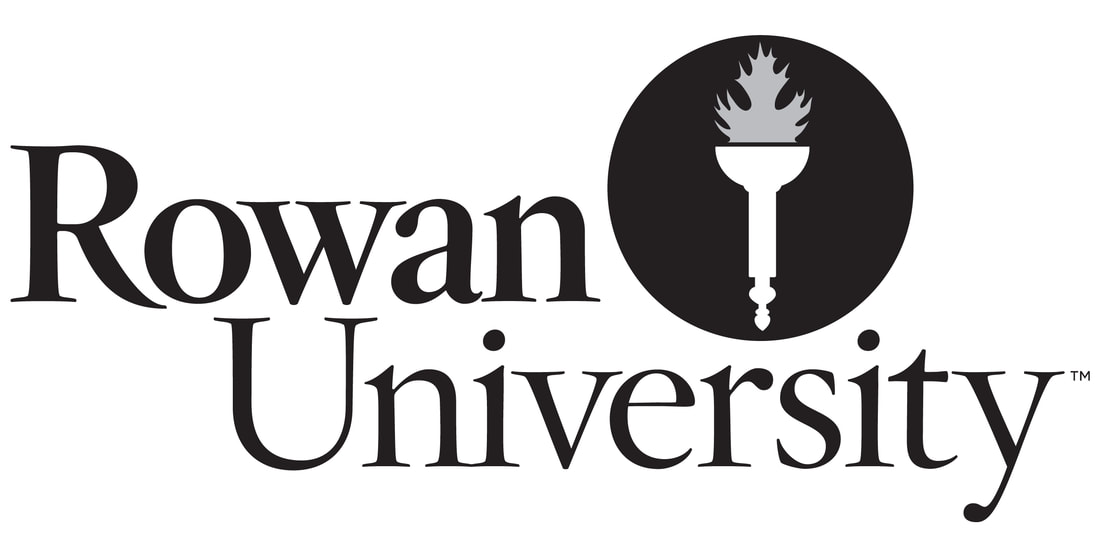|
by Erin Theresa Welsh  Publishing your own book is difficult. Actually, no, that doesn’t quite sum it up. Publishing your own book is stressful, time-consuming, and insanely difficult to achieve. Even if you get published, it is very unlikely you’ll become the next J.K. Rowling or Stephen King. Most average authors don’t make more than a regular mid-level salaried office position, and that's almost never off book sales alone. If an author wants to get published, it takes a lot of hard work to achieve that finished, beautifully bound piece of work. Not only does an author need to write and complete a lengthy piece of work, but they then need to choose how to publish it. There are many different forms of publishing, especially in this digital age of online publications. Some of the popular ways to publish your book include:
 Then we have self-publishing. Self-publishing is when an author publishes their own work by themselves. This means the cost, editing, proofreading, marketing, and promotional aspects are handled by the author instead of an outside party. Some people prefer this option because it gets your work right out there quickly in a book form for people to read. Some popular self-publishing websites are Amazon, Lulu, and Kobo. But self-publishing may not be the answer if you plan on being a regularly published writer of any sort. It can result in good work–that someone wrongfully chooses to self-publish–being drowned out in a sea of terribly written, error-filled nonsense from people who consider themselves to be New York Times best selling authors. I see so many downsides to self-publishing that could be avoided by taking a risk instead, being patient, and going the traditional publishing route. So, before choosing to self-publish that novel you wrote all the way through without proofreading and editing or even remembering the entire plot, maybe consider looking at some cons.  If you self-publish your book, all of the costs to publish your book must be paid upfront, which can be expensive for those trying to publish books and making a living out of it. In self-publishing, the cost of hiring an editor, someone to format the book for publication, and the cost of printing has to come directly from the author’s pockets. So, for those of us who barely have enough money to buy fast food for dinner, it might not be the best financial decision to rely on a self-published book for income. A self-published author is also in charge of promoting their own book in order to gain an audience and sell copies. This means it is highly unlikely to end up in large bookstores or on the New York Times bestseller list because you do not have knowledgeable marketing minds with connections behind you as you would with traditional publishing. In order to make a decent profit off of self-publishing, or maybe just to break even, an author would need a strong audience that already knows them and their work who are guaranteed to purchase other works from the same person, otherwise it will just be friends and family buying your book. An already established author with books that have sold relatively well in traditional ways could potentially self-publish and still make a profit. In self-publishing the author risks reducing the likelihood of being published by other companies because of the stigma around self-publishing. Not all self-published books are reviewed and edited by professionals, which means that the book will likely be published with numerous errors. If an author does this, and later tries to publish another book traditionally, the publisher might look down on them because of their self-published work. It is possible for the traditional publisher to not want to work with a self-published author if their book was printed with errors because it lowers the quality, and publishers don’t want to be connected to this. Even without excessive errors, a publisher might not even read or consider a manuscript because an author has self-published. It can look very conceited and arrogant to self-publish your work rather than taking the time to work with an agent, editor, and publisher. Many traditional publishers actually prefer to work with authors who have not published anything yet so they can be a bigger part of marketing their future works and there isn’t an established, and possibly negative, reputation for that author. Along with the stigma comes those who self-publish just because they can. Since self-publishing means you can publish your work even if it is god awful and filled with spelling mistakes and a disastrous plot, many people do so. This means that even if you are self-publishing your work and it is well written and a good read overall, it would be buried in the terrible self-published books that make up over 75% of the self-publishing world. And, I don’t know about you, but I’m not going to spend any time sorting through awful self-published books to find the one book in the stockpile that is somewhat decent to purchase. Of course, there are some positives to choosing to self-publish such as quicker publishing time, creative freedom, and that the author gets to keep all profit. When someone self-publishes their book, it usually takes no more than six months to get the book off your laptop and onto various selling platforms, where working with a traditional publisher can take years. Also with self-publishing, the author is the one to make all of the calls. They choose the title, cover, binding, the way they want the book formatted, and creative liberties many traditional publishers don’t offer. Self-publishing is a fine idea if you aren’t planning on making a career off of being an author or you just want to self-publish your work so it is in a physical book binding for family and friends to enjoy. Finally, self-published authors get to keep every penny they make from selling their book because there is usually no middle company to take profits and no set payday or paycheck amount they would receive. But are these positive aspects enough to get me onto the self-publishing train? Absolutely not.  Neither traditional publishing or self-publishing have a definite pay rate for authors. It isn’t about whether or not these forms of publishing your book will make you rich, but more about what is the best option for that specific individual and what they want to gain from being published. A person can publish their book with one of the bigger publishers and consumers might not like it, and therefore the author will make less money; in the same aspect, a person could self-publish a book and not sell many copies and therefore not make money off of it either, but in this case, the author has already invested personal funds into the publication which they now can't earn back. Many of my graduate professors have urged students–like me–to avoid self-publishing and go through the traditional process of finding an agent and editor. This is because traditional publishers do most of the work, and the author, someone who isn’t a publishing professional, isn’t in charge. Personally, I would not choose self-publishing if I were to publish a book of my own. I find that the cons of this method outweigh the advantages by a decent amount. For me, it is about the better choice for my own goals in the publishing world. If I were to publish a book, then traditional publishing would be the best for me because of the help they provide, the community they connect you to, and the stability of the process. Though traditional publishing is more tedious, time-consuming, and can be difficult to get into, I am willing to put the future of my book into the hands of professionals that know what they are doing and can help me, and my book, to succeed.
0 Comments
Leave a Reply. |
Archives
July 2024
Categories
All
|
|
Glassworks is a publication of Rowan University's Master of Arts in Writing 260 Victoria Street • Glassboro, New Jersey 08028 [email protected] |
All Content on this Site (c) 2024 Glassworks
|

 RSS Feed
RSS Feed
